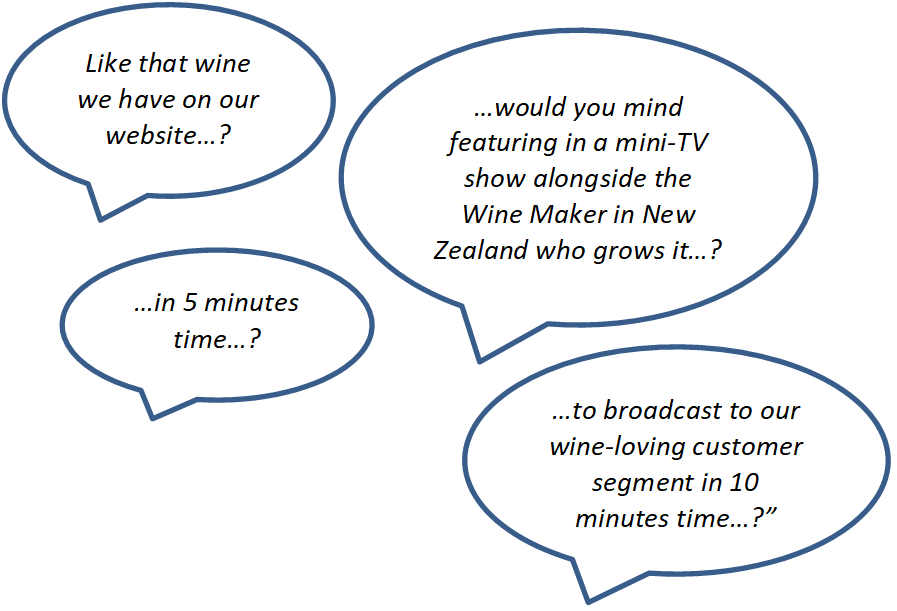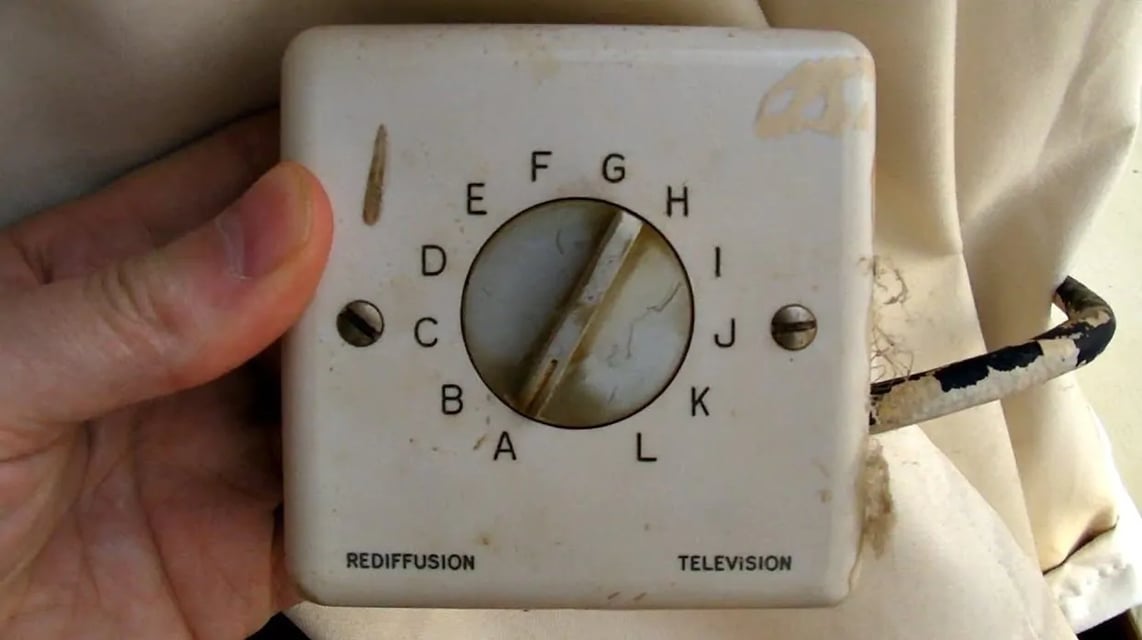Business Exploitation
How businesses exploit the opportunity of fast fibre broadband is predicated on a number of variables including the business sector, business model maturity and market maturity, but also, crucially, on the ability of business leaders to innovate and transform their business – to make that paradigm shift in thinking.
The task of developing new models of business is no mean feat and can possibly be best summarised in the well-worn saying “we don’t know what we don’t know”. It is, however, worth reflecting on the lessons learned from the first wave of widespread broadband infrastructure availability.
When the UK started to transition to first generation broadband in the mid to late 90’s, who could have predicted the phenomenal success of e-businesses such as Amazon, eBay, and Google, much less the explosion of social media?
In this respect, the now infamous quote from Donald Rumsfeld regarding “Known Knowns, Known Unknowns and Unknown Unknowns” is a useful starting point for the business opportunities afforded by fast fibre broadband.
Known Knowns
The lessons learned from the first wave of broadband are still being applied and constantly enhanced by entrepreneurs with great business ideas and a bit of tech-savvy (or consultancy). Take for example e-commerce; everyone gets the Amazon business model and the phenomenal success that it has delivered, however not all businesses can be an Amazon mark two…but all can build on the fundamental principles that Amazon laid down.
The All in One Company, based in Northumberland in the North East of England, is a great example. The company was founded by Kate Dawson in 2008, based on a brilliant business concept – unable to find onesies for her own children on the high street, Kate decided to set up a business to make onesies for people of all ages and sizes. The company’s mission statement is simple: “to bring warmth, fun and happiness into your life in a luxurious and functional way”. The company’s interactive website allows customers to custom design and personalise their onesie using the website’s “Onesie App” and then have it professionally made by the business’s in-house production team and shipped directly to their home.
The concept has been hugely successful, however as the business started to take off it hit a major snag. Whilst sales and revenue were strong in the Autumn and Winter seasons, orders dropped off a cliff in the warmer months. This presented the sort of cash-flow and demand-fluctuation challenges that have downed many a lesser business.
The All in One Company solution? By enhancing and enriching their web presence and extending both their supply chain and customer base to Southern Hemisphere businesses and customers – all supported by fast fibre access (both locally and across their customer and supply chain), the company was able to transform itself from a seasonal-dependant business to a 12 month round business; the All in One Company became the All Year Round Company “at the speed of light” and has subsequently enjoyed phenomenal success.
Known Unknowns
Having established that the lessons learned from the first wave of broadband and internet adoption still resonate strongly today, what about the Known Unknowns – as Mr Rumsfeld put it “things we know we don’t know about”. Again, a lesson from history provides a useful signpost to potential future business opportunities.
Rediffusion was a business which distributed radio and TV signals through wired relay networks and was originally established in 1928 under the trading name Broadcast Relay Services Ltd. One year later the company introduced its first cable radio service in Hull to customers frustrated with the difficulties of tuning into weak radio broadcasts, however the paradigm shift for Rediffusion was in the post-war era when they started delivering TV over their cable infrastructure to large parts of the UK which had very poor or no TV reception due to the limited broadcast transmitter network. Rediffusion became the world’s first cable-TV company.
At the outset of this venture Rediffusion was losing money at a staggeringly fast rate as their investment in the cable network vastly outweighed the revenues from their initially small customer base. By 1964, when Rediffusion changed its name to Rediffusion London, the efforts of the owners had left them sitting pretty with a very profitable and cash rich business.
Over time the Rediffusion business model was eroded by improvements in the TV transmitter network and the death knell was sounded by the arrival of the new kids on the block; cable TV companies such as Telewest and NTL, later to merge and become Virgin Media.
Today we are going full circle; with the increasingly widespread availability of fast fibre broadband, streaming media providers such as Netflix and Amazon are revolutionising the way TV is broadcast and consumed by customers. Now, high definition TV can be streamed “at the speed of light” over fibre broadband on demand, at the exact time and place customers want to view their favorite TV program or film. Millions of DIY enthusiasts now tune into YouTube not the BBC for home improvement ideas and step by step instructions.
Even that great institute of Public TV Broadcasting, the BBC, transitioned BBC3 to digital-only, with the channel being exclusively streamed over the fibre broadband network. Over the last decade, monthly BBC iPlayer streaming requests have risen from circa 50m to over 350m.
This leads to the known unknown; how long now before all of the UK TV transmitter network is switched off and replaced by 100% fibre broadband streamed TV in High Definition which can be “Multi-cast” to several locations in the home and is fully interactive (Do you like that menu on Nigella’s latest show? Have it download instantly onto your tablet along with a full video tutorial and recommended wine pairings). A reasonable guess at the “how long” question would be 10-15 years, but the era of the TV transmitter network is rapidly coming to an end.
The opportunities this presents for businesses are staggering in their breadth. How about hyper-local TV broadcasting? Either business to business or business to consumer; a hyper-local TV channel for every business/consumer segment your organisation touches? – not a problem. TV not only available on demand but actually created on demand – in real time – following social media trends – reacting to ongoing events in the business marketplace – created, delivered and consumed “at the speed of light” – not a problem.

Unknown Unknowns
This is where we inevitably make something of a leap of faith, a step into the dark, and where science fiction becomes blurred with science fact and business reality. Literally almost anything is possible when business leaders start thinking “at the speed of light”.
Here’s a proposition which absolutely has the potential to morph from science fiction to business fact; how about the concept of the 1 second business? The 1 second business is a company that is created, executes a number of profitable transactions and ceases trading in under 1 second. What happens in one second? It’s the time it takes a honey bee to flap its wings 200 times, the time 13 cars are manufactured across the globe and the time 24 babies are born… it is also the time it takes to execute up to 1,000 business transactions between Stockton and Darlington “at the speed of light”.
Whilst this business model faces undoubted legal, regulatory and other challenges – how does the Inland Revenue collect corporation taxes for the 1 second business? – history has shown us time and again that ways are found to overcome such obstacles by the joint efforts of misty-eyed entrepreneurs and far-sighted legislators.



